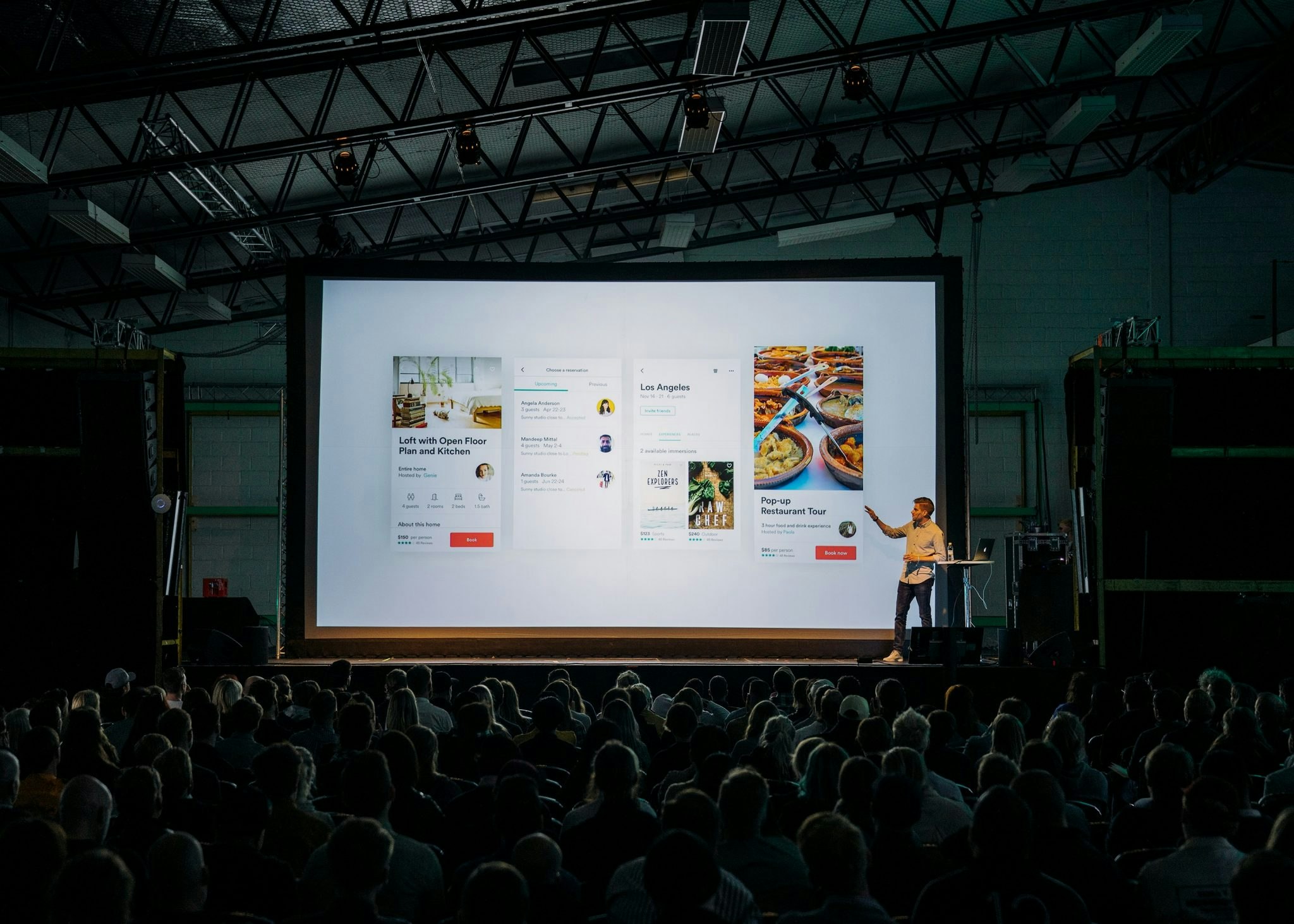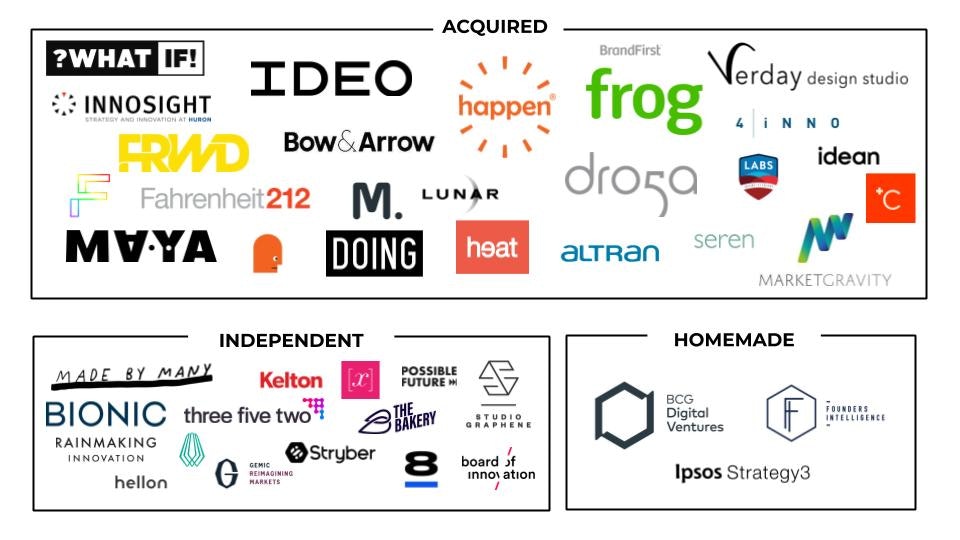CES
The innovation year always begins with a lot of noise at the Consumer Electronics Show (CES) in Las Vegas, which kicks off today with the world’s big tech companies (even Apple will be there after a 28-year boycott) converging to showcase new ideas and trends.
Some of it is simply weird and whacky, signalling the general direction for a company rather than products likely to hit the shops in the near future. Hyundai, the Korean automaker, is joining the flying car club with a concept vehicle, a sign that car companies will increasingly want to be part of this space. BMW, meanwhile, is preparing for the day that cars take over driving and is emphasising the luxurious in-car entertainment experience in its i3 Urban Suite showcase vehicle.
Playing up the toilet humour, Procter & Gamble is displaying a toilet paper delivery robot and bathroom odour-detecting sensor. These are jokes rather than serious products, but also a sign that tech can be used to improve even the most mundane of consumer experiences.
We’ll do a more thorough roundup next week of what CES taught us. In the meantime, for a serious look at the CES tech trends that businesses should note, this ZDNet roundup is a good place to start.
Beauty
L’Oreal partners with Google for virtual hair colour
Just before Christmas L’Oreal snuck in the news that it was partnering with Google Lens, the visual search tool, to help people see what they would look like if they dyed their hair. Pick up a packet of Garnier Nutrisse or Olia hair colour and point the Lens app at the box to be taken to a site where you can virtually try on the shade. It is a project that has come out of L’Oreal’s acquisition of augmented reality company ModiFace last year.
Mobility
Swapping connected car data
Also sneaking in just before Christmas was news that Daimler had struck a deal with Wejo, a UK startup providing a data exchange platform for connected cars.
Cars produce a huge amount of useful data: speed, fuel efficiency, location, insurance status and so on. But if, say, an insurance company wants to tap into this to offer drivers tailored products, it needs to strike separate deals with each car maker. Wejo is hoping to offer a platform where this can all be done more efficiently, in one place.
Technology
Deepfakes get real
One of the 2020 tech trends that everyone will have to get to grips with is deepfakes, which are highly-realistic fake video. It’s not new news — we all saw that fake video of Obama in 2017. But in 2020 this technology is set to become widespread.
Snap, the parent company of Snapchat, began the year with the $166m acquisition of AI Factory, a Ukrainian company that lets you take a selfie and have it animated in a short video. Sort of cute for Snapchat’s legions of teenage users, right?
But Snap’s rival, China’s ByteDance, parent company of the TikTok app, shows where this is all headed. According to Techcrunch, ByteDance has built an even more sophisticated technology that lets you insert your face into other people’s videos. The ByteDance technology involves taking pictures of your face from several angles and using artificial intelligence to blend it seamlessly into something that looks very real.
Deepfakes have so far taken a lot of time and trouble to do, but one of the big fears has always been what happens when they are easy and ubiquitous. ByteDance is making that happen.
Plus there is a big question over what might be done with all that sensitive facial biometric data that the company is gathering.
But are deepfakes all bad? D-ID, an Israeli privacy company, claims that its deepfake technology will actually protect people’s privacy. They take video footage and “anonymise” it by changing the faces, in theory, so that it can be shared without violating privacy rules. Except experts can’t decide if this is legal or not.
Good reads
Neuro-symbolic AI
This is the next direction for artificial intelligence systems, believes David Cox, director of the MIT-IBM Watson AI Lab. Artificial intelligence can beat humans at games and undertake precision tasks at a scale unimaginable to humans, but can still be outmanoeuvred by toddlers at some tasks. One problem is that artificial intelligence still needs a lot of data to learn, but Cox believes that marrying today’s neural network technology with a more old-school symbolic AI (popular in the 80s) would get machines to learn from smaller data sets, similar to the way human learn from seeing just one or two examples.
Nine ways to ruin your Open Innovation Challenge
A great slide deck from Aurelie Wen, managing partner of the US-based open innovation platform Agorize outlining nine reasons why innovation challenges fail. Here’s a quick summary:
- Launching a challenge for the sake of it
- Figuring out the rules as you go
- Not working hard enough to recruit participants
- Setting high barriers to entry
- Keeping the intellectual property to yourself
- Picking the wrong judges and mentors
- Making it all about the competition
- Offering unfit prizes (you need a minimum $10k first prize)
- Getting the timings wrong (you need four weeks to prep, eight weeks to promote)
Forget the “cult of innovation”
Financial Times columnist Janan Ganesh says we have become too obsessed with innovation, running after the new while forgetting to keep the fundamentals going. He wants us to do more to celebrate “the maintainers”, the vast majority of humanity that just keep things ticking over. Ganesh’s rant against neophilia is sparked by the hiring of a new and very young coach for Arsenal football club, but applies to industry more generally.


